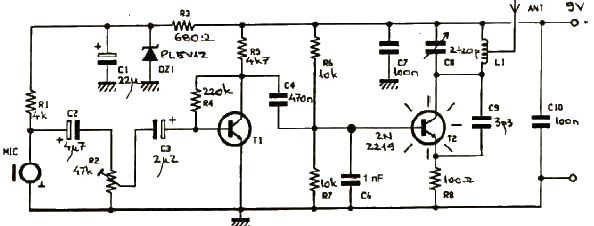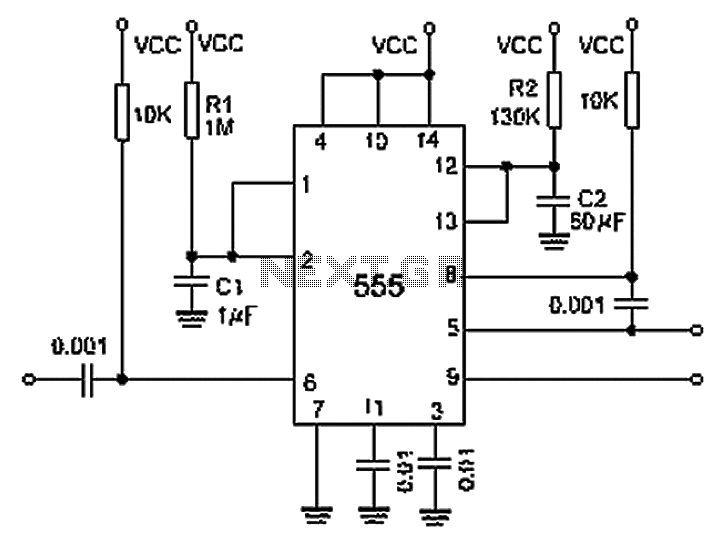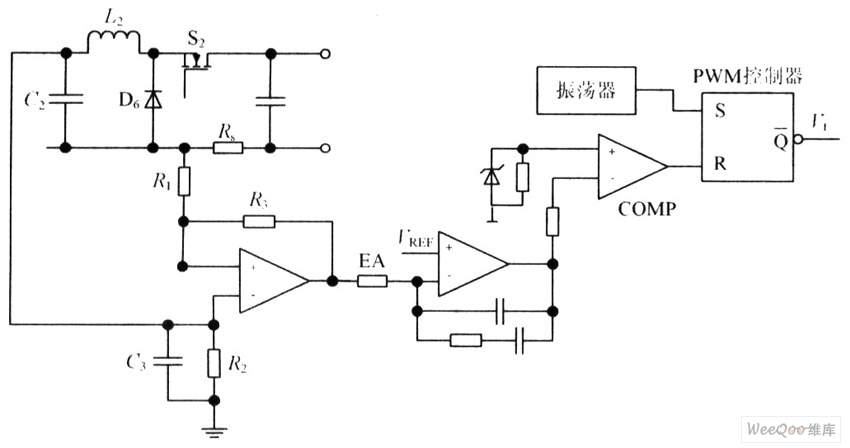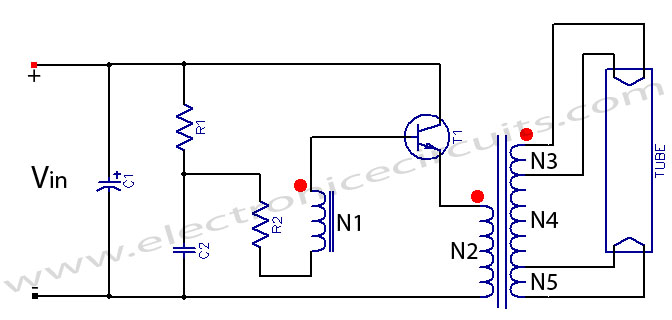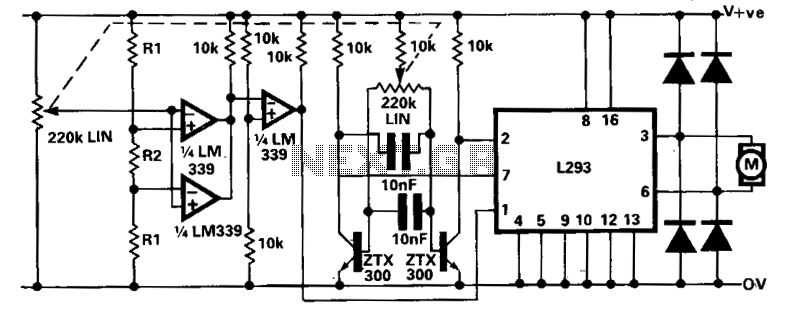
USB Power Booster Circuit PCB
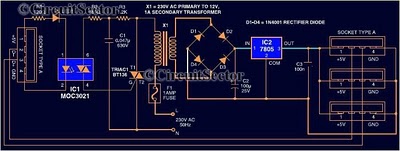
Most peripherals that interface with a PC utilize a USB port. The computer's power supply circuit, specifically the switched-mode power supply (SMPS), is designed to provide constant power to all internal components. However, when external peripherals that require a significant amount of power are connected, a power shortage may occur, leading to instability in the PC. This is particularly evident when multiple devices are connected simultaneously. To address this issue, an external USB power amplifier or source must be added to supply power to these external devices. This circuit is a USB power booster designed to supply power to a USB Type A socket. To increase the power available to the USB, an MOC3021 opto-diac is used to trigger a BT136 triac, resulting in power amplification through a transformer. Additionally, the IC 7805 serves as a 5V voltage regulator, ensuring a constant voltage output for USB peripherals.
The described USB power booster circuit is crucial for maintaining the stability of computer systems when multiple high-power external devices are connected. The circuit begins with the MOC3021, which acts as an optoisolator, allowing for safe control of the triac without direct electrical connection to the high-voltage side. The MOC3021 is triggered by a control signal, enabling it to conduct and activate the BT136 triac. The BT136, a type of triac, allows current to flow in both directions, effectively controlling the power delivered to the load, which in this case is the transformer.
The transformer steps up the voltage as necessary and provides isolation between the high-voltage AC mains and the low-voltage USB output. The output from the transformer is then rectified, typically using a bridge rectifier, to convert the AC voltage into a usable DC voltage. The IC 7805 voltage regulator is integrated into the circuit to maintain a stable 5V output, which is essential for the proper functioning of USB peripherals. The regulator ensures that fluctuations in input voltage or load do not affect the output voltage, thus providing reliable power to connected devices.
Overall, this USB power booster circuit is designed to enhance the power delivery capabilities of a standard USB port, allowing for the connection of multiple high-power devices without compromising the stability of the PC. The combination of the opto-diac, triac, transformer, and voltage regulator creates a robust solution for users requiring additional power for their USB peripherals.Most of the peripherals that interface with PC uses USB port. The computers power supply circuit of SMPS will be designed to maintain constant power to all computer parts only. however we connect external peripherals to PC that requires significantly large power, USB power shortage will occur result in a instability of PC.
when too many devices ar e connected simultaneously, there is a possibility of power shortage. Therefore an external usb power amplifier or source has to be added to power the external devices. This circuit is of USB power booster designed to feed power to USB type A socket. To increase power to usb, we use an MOC3021 which is an opto-diac which triggers, BT 136 which is a triac which result in a available power boosting through transformer. We know that IC 7805 is a 5v voltage regulator which regulates the output to give constant voltage to usb peripherals.
🔗 External reference
The described USB power booster circuit is crucial for maintaining the stability of computer systems when multiple high-power external devices are connected. The circuit begins with the MOC3021, which acts as an optoisolator, allowing for safe control of the triac without direct electrical connection to the high-voltage side. The MOC3021 is triggered by a control signal, enabling it to conduct and activate the BT136 triac. The BT136, a type of triac, allows current to flow in both directions, effectively controlling the power delivered to the load, which in this case is the transformer.
The transformer steps up the voltage as necessary and provides isolation between the high-voltage AC mains and the low-voltage USB output. The output from the transformer is then rectified, typically using a bridge rectifier, to convert the AC voltage into a usable DC voltage. The IC 7805 voltage regulator is integrated into the circuit to maintain a stable 5V output, which is essential for the proper functioning of USB peripherals. The regulator ensures that fluctuations in input voltage or load do not affect the output voltage, thus providing reliable power to connected devices.
Overall, this USB power booster circuit is designed to enhance the power delivery capabilities of a standard USB port, allowing for the connection of multiple high-power devices without compromising the stability of the PC. The combination of the opto-diac, triac, transformer, and voltage regulator creates a robust solution for users requiring additional power for their USB peripherals.Most of the peripherals that interface with PC uses USB port. The computers power supply circuit of SMPS will be designed to maintain constant power to all computer parts only. however we connect external peripherals to PC that requires significantly large power, USB power shortage will occur result in a instability of PC.
when too many devices ar e connected simultaneously, there is a possibility of power shortage. Therefore an external usb power amplifier or source has to be added to power the external devices. This circuit is of USB power booster designed to feed power to USB type A socket. To increase power to usb, we use an MOC3021 which is an opto-diac which triggers, BT 136 which is a triac which result in a available power boosting through transformer. We know that IC 7805 is a 5v voltage regulator which regulates the output to give constant voltage to usb peripherals.
🔗 External reference
Warning: include(partials/cookie-banner.php): Failed to open stream: Permission denied in /var/www/html/nextgr/view-circuit.php on line 713
Warning: include(): Failed opening 'partials/cookie-banner.php' for inclusion (include_path='.:/usr/share/php') in /var/www/html/nextgr/view-circuit.php on line 713
